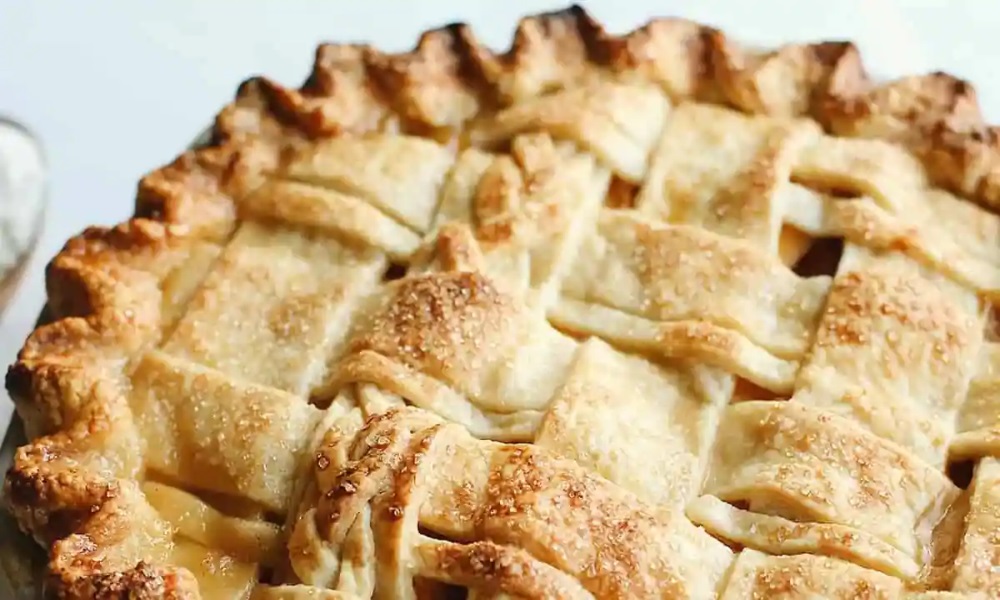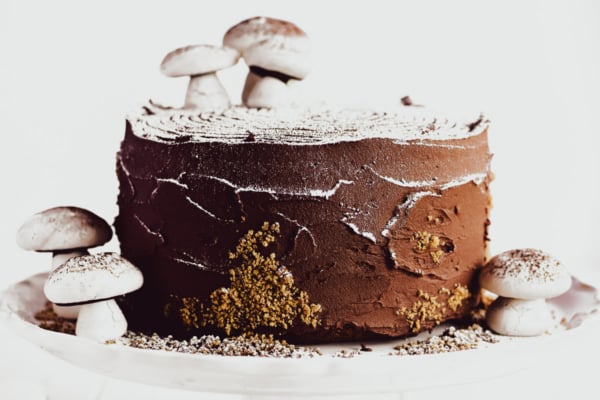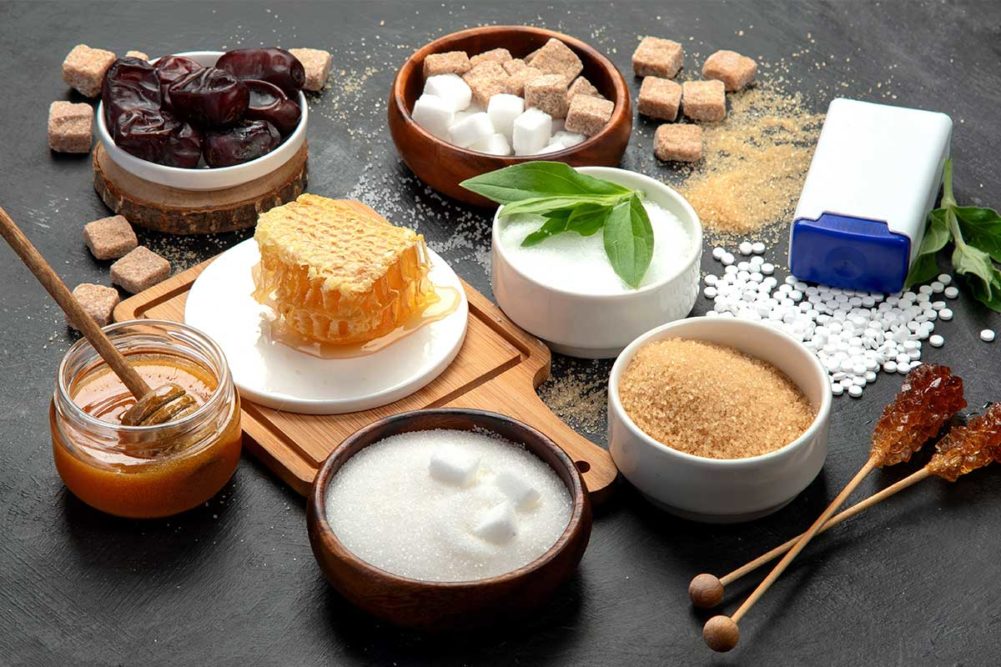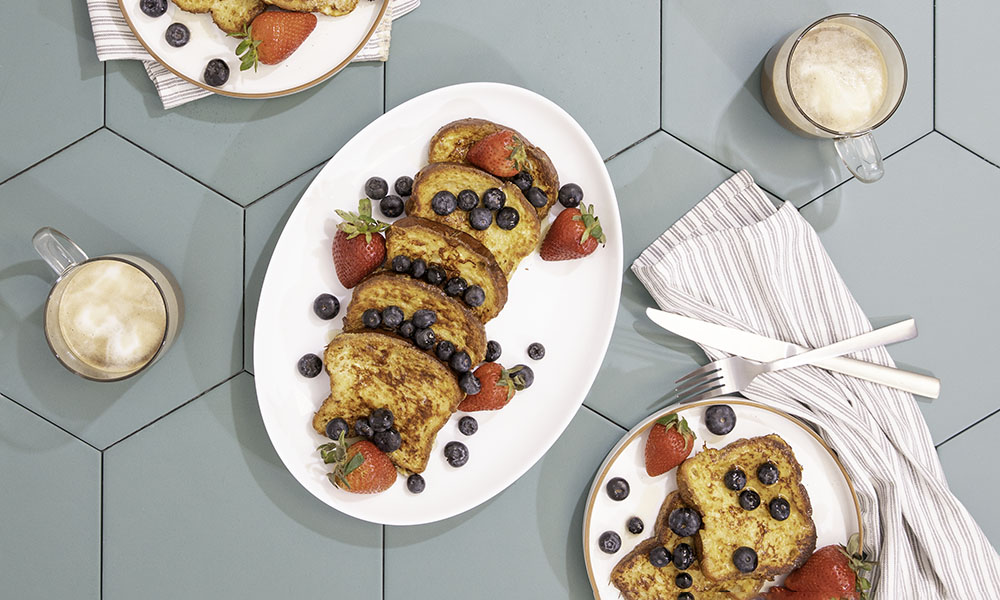The Science of Pastry: Perfecting Flaky Crusts and Layers

When it comes to creating the perfect pastry, achieving a flaky crust and delectable layers is an art that requires a deep understanding of the science behind it. From the type of fat used to the technique employed, every step in the pastry-making process influences the final result. Let’s delve into the science of pastry and learn how to perfect those flaky crusts and layers that make our taste buds dance.
The Importance of Fat
One of the key elements in creating a flaky pastry is the fat used. Butter, shortening, or lard are commonly employed in pastry recipes, each with its own unique properties. These fats provide moisture to the dough while creating layers as they melt during baking.
Butter, with its high water content, creates steam as it melts. This steam then expands, creating pockets of air that result in a flaky texture. Shortening, on the other hand, has a higher melting point, which allows it to create more distinct layers. Lard, derived from pork fat, brings exceptional flavor and tenderness to the pastry.
The Role of Gluten and Liquid
Gluten, a protein found in wheat flour, plays a crucial role in pastry making. When flour is mixed with liquid, such as water or milk, gluten develops. However, in pastry, too much gluten formation can result in a tough and chewy texture instead of the desired flakiness.
To minimize gluten development, pastry recipes often call for low-protein flour, such as cake flour or pastry flour. These flours contain less gluten-forming proteins, resulting in a more tender and delicate pastry. Additionally, adding a small amount of acid, such as vinegar or lemon juice, can help inhibit gluten formation.
The Technique of Layering

Creating those beautiful layers in pastry requires a technique known as lamination. Lamination involves rolling out the dough and folding it multiple times to create alternating layers of fat and dough. This process helps to distribute the fat evenly and create pockets of air between the layers.
By chilling the dough between each fold, the fat remains solid and distinct from the dough, which is crucial for achieving that flaky texture. Properly laminated dough will have visible layers when baked, giving the pastry its signature light and airy quality.
Temperature and Time
The final factor to consider when perfecting flaky crusts and layers is temperature and time. Preheating the oven is essential as it creates an initial burst of heat that causes the fat to melt quickly, creating steam and lifting the layers. Once the pastry is in the oven, a moderate temperature is preferred to allow the layers to set and turn golden brown gradually.
Over-baking can lead to dry and tough pastry, while under-baking can result in a soggy and undercooked crust. Finding the right balance and closely monitoring the pastry during baking is crucial to achieving the desired flakiness.
Mastering the science of pastry is a combination of understanding the ingredients, techniques, and the role of temperature and time. By carefully selecting the fat, minimizing gluten formation, employing proper layering techniques, and controlling the baking process, one can create pastries with perfect flaky crusts and delicate layers that are sure to impress. So, roll up your sleeves, get your ingredients ready, and embark on a delicious pastry-making adventure!



